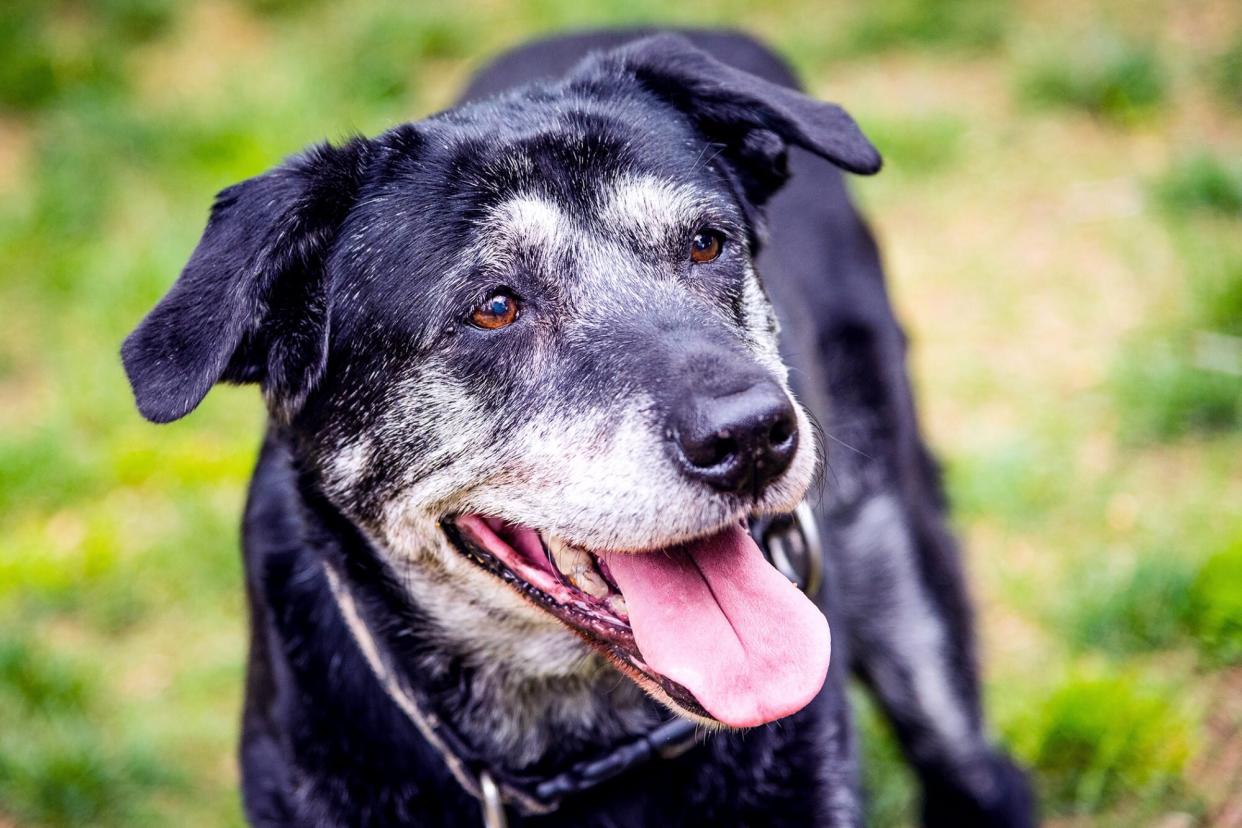Dog Cremation Explained: How to Decide If It's the Right Approach for You

Mary Lynn Strand / Adobe Stock
Without a doubt, the grief that follows when your pet passes away is overwhelming. It's something all pet parents eventually face and having to make end-of-life arrangements during that time can be tough. A common option is cremation. But how do you know if it's a good choice for you? Read on to learn more about the cremation process, costs associated with it, and creative ways to display your beloved pet's remains.
Why Choose Pet Cremation Rather Than Burial?
Dog cremation is easier and more affordable than burial services, which is why many people choose it. Although laying your pet to rest in your backyard may seem like the best place for him to be, it's typically not possible.
"The laws and regulations within a municipality determine whether you're allowed to bury your dog at home. For most people, it's not an option but you can check with your local government," says Haylee Bergeland, CPDT-KA, CBCC-KA, RBT, editor of pet health and behavior at Daily Paws.
You can certainly have your dog buried at a pet cemetery. But keep in mind that it tends to be a bit more complicated and costly than cremation, which is often coordinated through your veterinarian's office. "If you're not quite sure what you want to do, your pet can actually be held at the crematorium for a couple of days while you make a decision," says Dani McVety, DVM, CEO and founder of Lap of Love Veterinary Hospice, an organization that provides in-home pet euthanasia.
What Happens When a Dog Is Cremated?
There are two ways to do cremation. Traditional cremation disintegrates the body using fire and flame. Water cremation, also called aquamation, uses a basic solution (the opposite of acidic) to dissolve the body. Both methods produce ashes.
What you'll need to know in advance is if you want to keep your pet's ashes. If you choose a private cremation, your pet will be cremated alone and the ashes will be collected and returned to you.
If you're not attached to the body after your pet's passing and don't want the remains, you could opt for a communal (group) cremation. It's up to the crematorium to dispose of the group ashes. Some scatter them at a cemetery or out at sea. But ask your specific service provider if you want to know how they handle your pet's ashes afterward.
How Do You Find a Place to Cremate Your Dog?
Typically, veterinarians have crematoriums they regularly work with and the service can be coordinated with your veterinarian's staff. You would choose your pet's end-of-life arrangements and pay the fees at your veterinary clinic or through an in-home euthanasia service.
However, you can also work directly with a crematorium. Many will pick up a pet's body from a veterinary clinic or a home, if the pet passed away there. You can do an internet search to find crematoriums near you.
How Much Does Dog Cremation Cost?
Fees for cremation depend on the weight of the dog and whether you choose a communal or private cremation. In general, dog cremation costs range from $30 to $400.
What Can You Do With Your Pet's Remains?
Displaying a pet's ashes in an urn is the most common way that people keep their departed pet near. But there are many creative ways to honor your dog's memory.
You can have personalized keepsakes made with your pet's ashes including jewelry, glass paperweights, and even diamonds. Or you might consider sending your pet's ashes off in a spectacular way. Ashes can be dispersed in the ocean or your dog's favorite lakeside, in the forest or mountain top where he loved to hike with you, or placed within fireworks that you set off, scattering them into the atmosphere.
Whatever you choose, what matters most is that it's meaningful to you.

